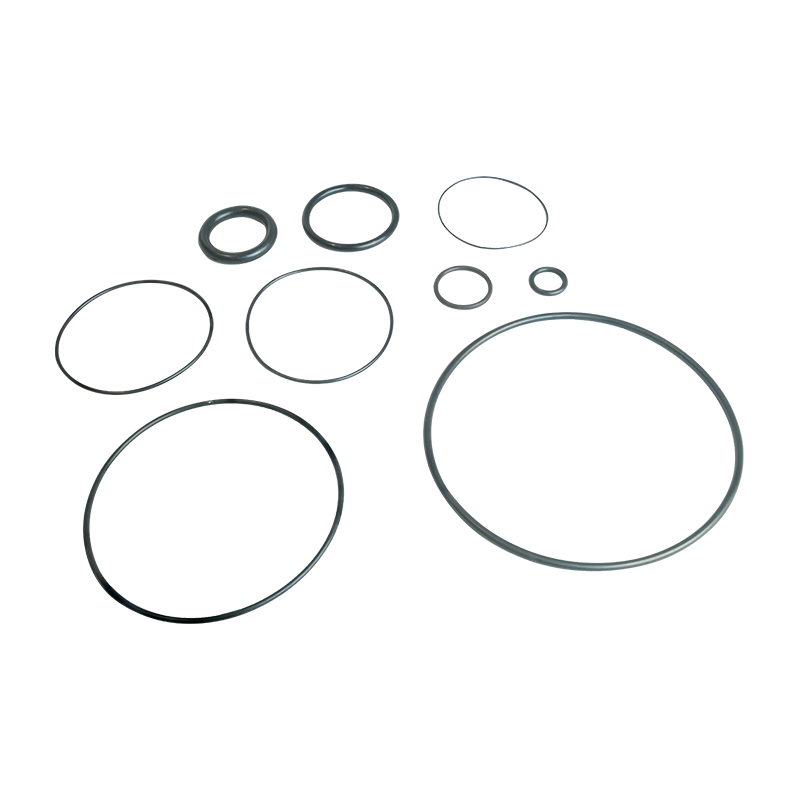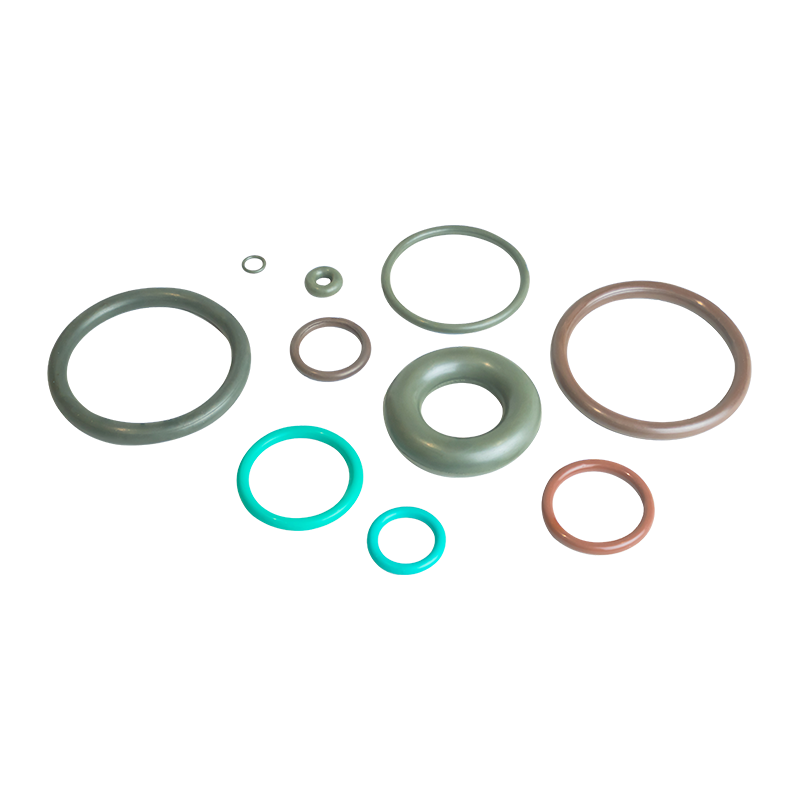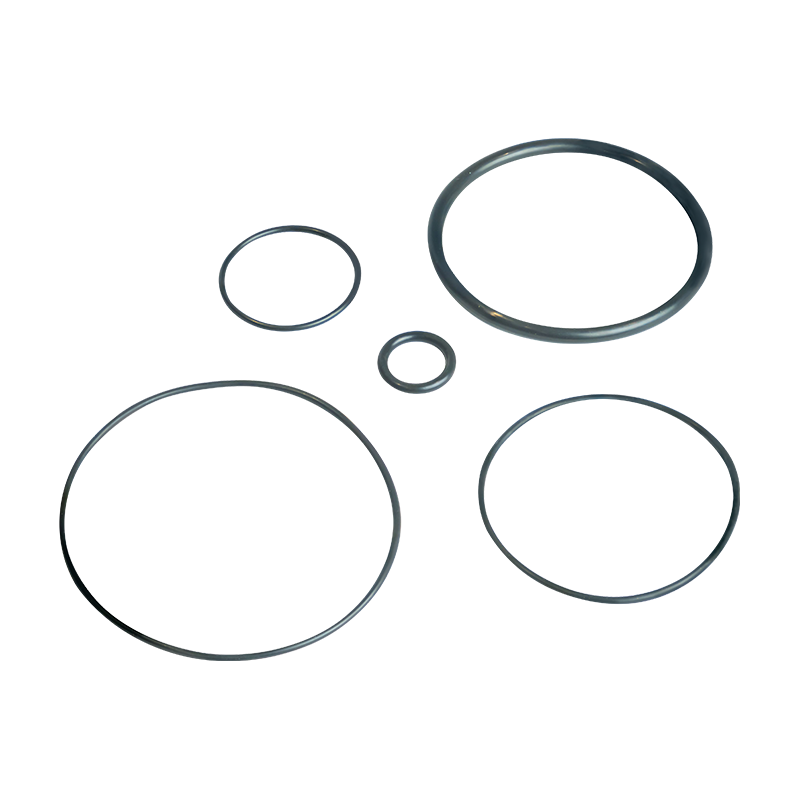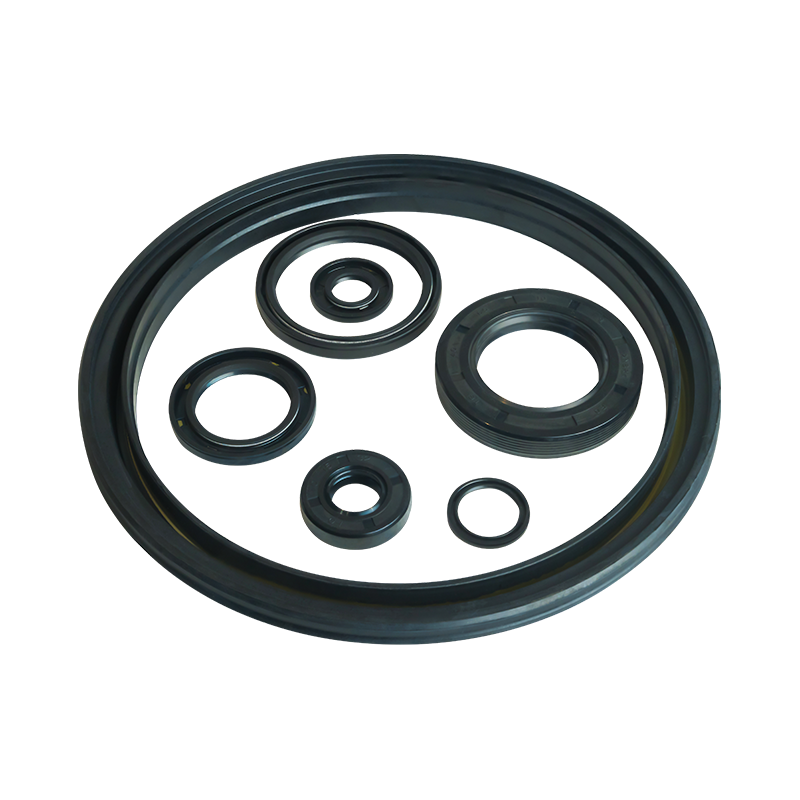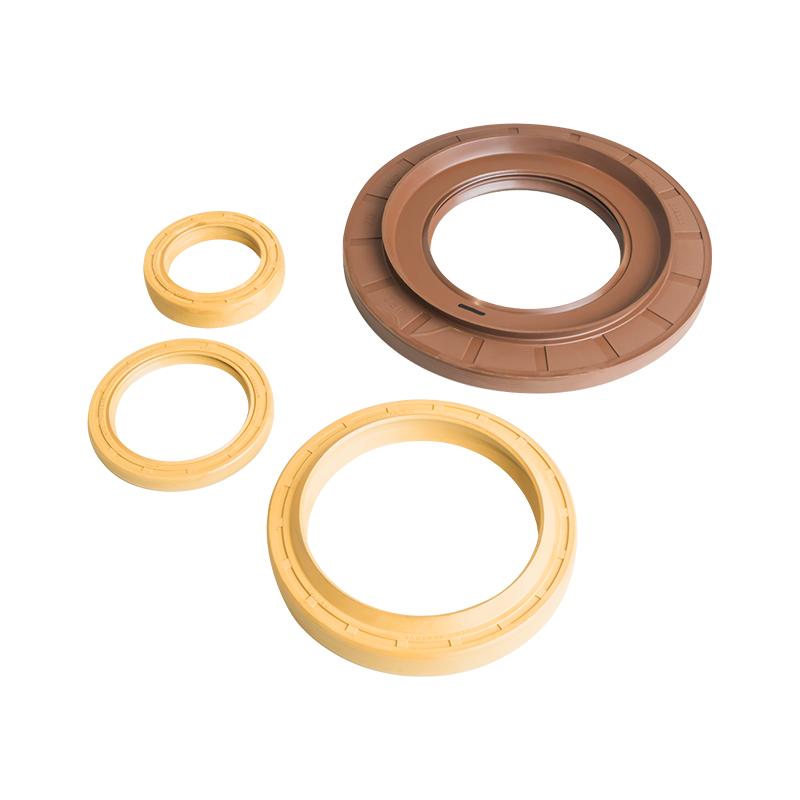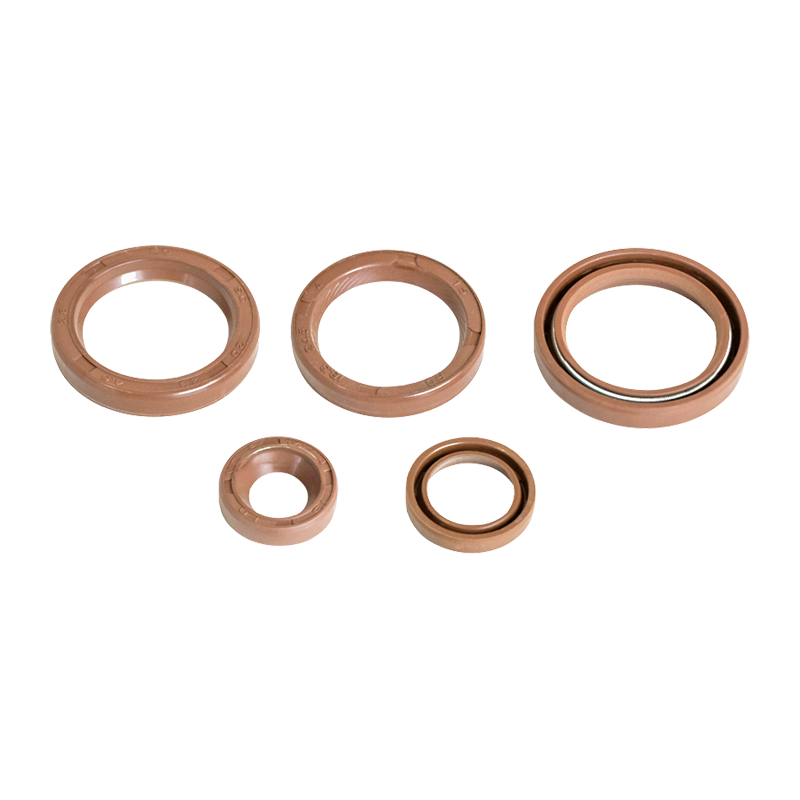Are PTFE Oil Seals the Ultimate Solution for Modern FAWDE Engines?
The evolution of engine sealing technology has been critical in enhancing the performance and durability of modern FAWDE engines. Among the various sealing solutions available, FAWDE engine parts PTFE oil seals have emerged as a leading choice for heavy-duty applications. These seals offer a unique combination of low friction, chemical resistance, and extended service life, making them particularly suited for demanding environments.
What Gives PTFE Oil Seals an Edge in Heavy-Duty Engines?
PTFE (polytetrafluoroethylene) oil seals are increasingly favored in FAWDE engines due to their superior material properties. Unlike traditional lip seals, which rely on elastomeric materials, PTFE seals exhibit significantly lower friction coefficients. This characteristic reduces heat generation and minimizes shaft wear, contributing to longer component life. Additionally, PTFE’s inherent chemical inertness allows these seals to withstand aggressive lubricants and extreme temperatures, making them ideal for heavy-duty applications.
A critical advantage of PTFE oil seals is their ability to maintain sealing integrity under dynamic conditions. Traditional lip seals may experience premature failure due to shaft misalignment or surface imperfections. In contrast, PTFE seals adapt better to minor shaft deviations, ensuring consistent performance. This adaptability is particularly beneficial in FAWDE engines, where operational stresses are high. Furthermore, PTFE’s resistance to hardening and cracking over time reduces the risk of oil leaks, a common issue with conventional elastomeric seals.
How Do These Seals Contribute to Emission Reduction Goals?
Modern emission regulations, such as Euro VI and EPA Tier 4, impose strict limits on hydrocarbon emissions from engines. One of the primary contributors to these emissions is oil leakage, which can occur when seals degrade or fail. PTFE oil seals play a crucial role in mitigating this issue by providing a more reliable barrier against lubricant escape. Their low permeability and resistance to degradation ensure that oil remains contained within the engine, reducing both environmental impact and maintenance costs.
Another factor contributing to emission control is the reduced friction offered by PTFE seals. Lower friction translates to improved engine efficiency, as less energy is lost to heat generation. This efficiency gain not only supports compliance with emission standards but also enhances fuel economy—a key consideration for operators seeking to minimize operational costs. By preventing oil leaks and optimizing engine performance, PTFE oil seals help FAWDE engines meet both regulatory and operational demands.
Can PTFE Seals Handle Biofuels and Synthetic Lubricants?
As the industry shifts toward sustainable energy solutions, compatibility with biofuels and synthetic lubricants has become a critical requirement for engine components. PTFE oil seals excel in this regard due to their broad chemical resistance. Unlike some elastomeric seals that may swell or degrade when exposed to alternative fuels, PTFE remains stable, ensuring long-term sealing performance.
Biofuels, such as biodiesel, often contain esters that can accelerate the deterioration of conventional seals. PTFE’s inert nature makes it highly resistant to such chemical interactions, reducing the risk of seal failure. Similarly, synthetic lubricants, which are formulated for high-performance applications, can be harsh on traditional sealing materials. PTFE oil seals maintain their structural integrity even when exposed to these advanced lubricants, making them a reliable choice for modern FAWDE engines operating with alternative fuels.
What Are the Trade-offs Between PTFE and Other High-End Seals?
While PTFE oil seals offer numerous advantages, they are not without trade-offs. One consideration is cost—PTFE seals typically have a higher initial price compared to traditional lip seals. However, this cost is often offset by their extended lifespan and reduced maintenance requirements. In extreme operating conditions, the durability of PTFE can lead to significant long-term savings, justifying the initial investment.
Installation is another factor to consider. PTFE seals require precise handling to avoid damage during fitting. Unlike elastomeric seals, which are more forgiving, PTFE seals must be installed with care to prevent deformation or improper seating. Proper shaft surface preparation is also essential, as any roughness or imperfections can compromise seal performance. Following manufacturer guidelines during installation ensures optimal functionality and maximizes the seal’s service life.
The table below summarizes key differences between PTFE oil seals and traditional lip seals:
| Feature | PTFE Oil Seals | Traditional Lip Seals |
|---|---|---|
| Friction Coefficient | Very Low | Moderate to High |
| Chemical Resistance | Excellent | Limited |
| Shaft Wear | Minimal | Higher |
| Cost | Higher Initial Cost | Lower Initial Cost |
| Lifespan | Extended | Shorter |
PTFE oil seals represent a significant advancement in sealing technology for FAWDE engines. Their ability to reduce friction, resist chemical degradation, and enhance emission control makes them a compelling choice for heavy-duty applications. While their initial cost and installation requirements may pose challenges, the long-term benefits in terms of durability and performance often outweigh these considerations. As engine technologies continue to evolve, PTFE oil seals are likely to remain a critical component in meeting both operational and environmental demands.
For operators seeking reliable sealing solutions in demanding environments, PTFE oil seals offer a balance of performance and longevity that traditional alternatives struggle to match. By understanding their advantages and proper application, users can maximize the benefits of this advanced sealing technology.
Sray up to date with allour recent products
- Address: No. 6 Yangsha Road, Chengbei Industrial Park, Huilong Town, Qidong City, Jiangsu Province China
- Phone: +86-13906283641+86-18934546679
- Fax: +86-0513-83698022
- Email: [email protected]




 English
English русский
русский 中文简体
中文简体

